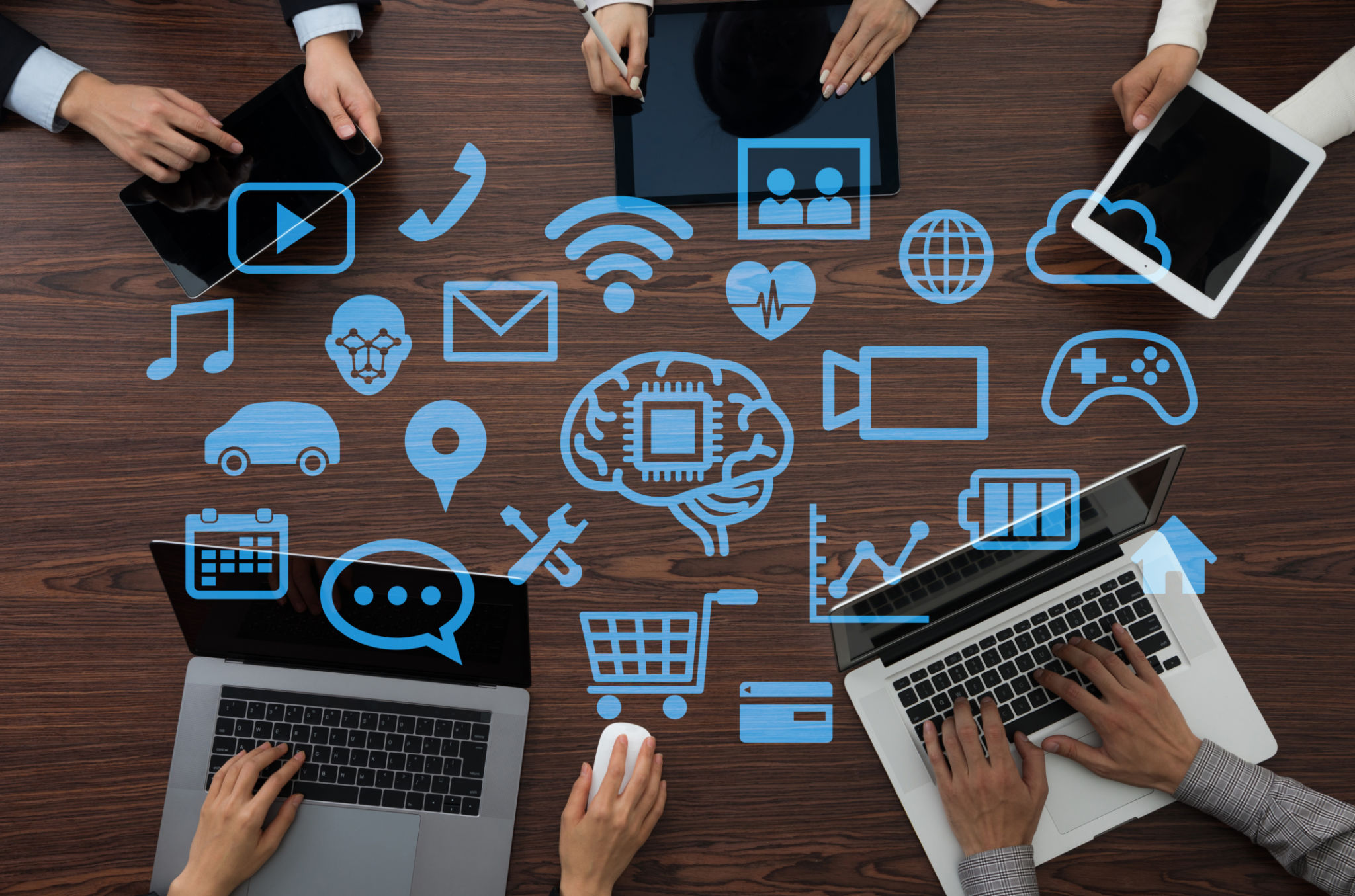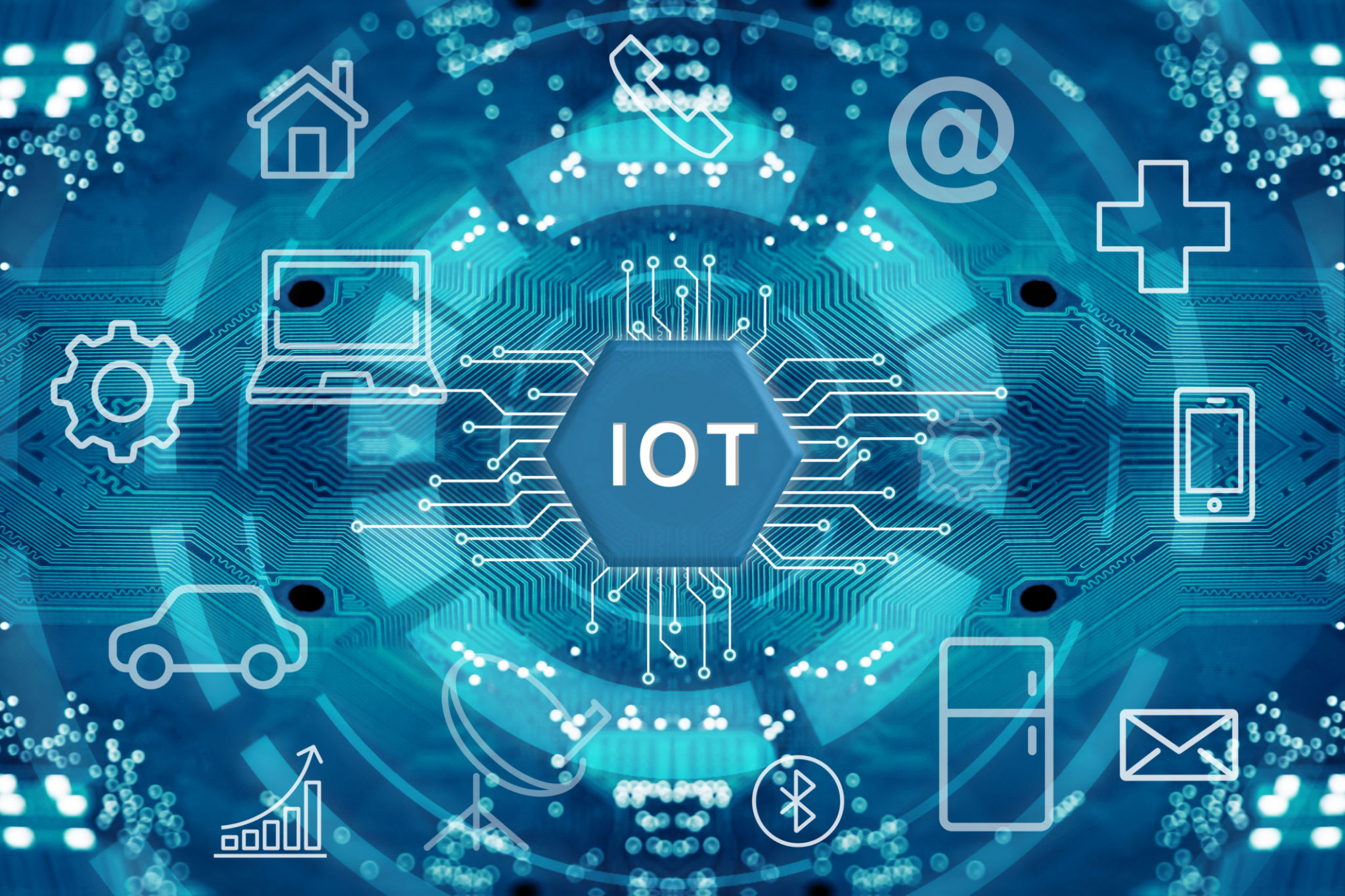Top Hardware Trends Revolutionizing Workspaces
Al
Introduction
As technology continues to evolve, the modern workspace is undergoing a significant transformation. The integration of cutting-edge hardware is not only enhancing productivity but also reshaping how employees interact with their environment. In this post, we explore the top hardware trends that are revolutionizing workspaces, making them more efficient, flexible, and engaging.
Smart Desks: The Future of Workstations
Smart desks are quickly becoming a staple in modern offices. These innovative pieces of furniture are designed to improve posture and increase productivity. With features such as adjustable height settings, built-in charging ports, and integrated touchscreens, smart desks offer a personalized working experience. Employees can easily transition between sitting and standing positions, promoting better health and reducing fatigue.

Advanced Collaboration Tools
Collaboration tools have come a long way from simple video conferencing setups. Today’s advanced systems integrate high-definition displays, intuitive touch interfaces, and seamless connectivity options. These tools are designed to facilitate real-time collaboration, regardless of location. Teams can work together on projects with ease, sharing screens, documents, and ideas as if they were in the same room.
Moreover, many modern collaboration tools leverage AI to provide features like automated transcription and intelligent meeting summaries, further enhancing communication efficiency.

Virtual Reality (VR) and Augmented Reality (AR) in Workspaces
VR and AR technologies are no longer confined to gaming and entertainment. In the workplace, they are being used to create immersive training programs, virtual site visits, and interactive design processes. With VR headsets and AR glasses, employees can experience realistic simulations or overlay digital information onto the physical world, improving learning outcomes and decision-making.
IoT-Enabled Devices for Efficiency
The Internet of Things (IoT) is revolutionizing how we interact with workspace environments. IoT-enabled devices like smart lighting systems, climate controls, and security setups allow for automated adjustments based on real-time data. For instance, lighting can be optimized for specific tasks or times of day, while climate control systems can adjust temperatures based on occupancy levels.

Wireless Charging Solutions
With the proliferation of mobile devices in the workplace, keeping them charged is a constant challenge. Wireless charging solutions are stepping in to solve this problem. These systems allow employees to charge their devices simply by placing them on a charging pad or surface. This not only reduces clutter from cords but also ensures that devices remain powered throughout the day.
The Role of AI-Powered Devices
Artificial Intelligence is playing a transformative role in modern workspaces. AI-powered devices such as virtual assistants and smart sensors are being used to automate routine tasks, manage schedules, and provide data-driven insights. These intelligent systems can learn from user behaviors and preferences to offer personalized experiences that boost productivity.

Conclusion
The integration of these hardware trends is creating dynamic and adaptable work environments that cater to the needs of the modern workforce. As technology continues to advance, we can expect even more innovative solutions to emerge, further enhancing the way we work. Embracing these changes will be key for businesses looking to stay competitive and foster a productive workforce.